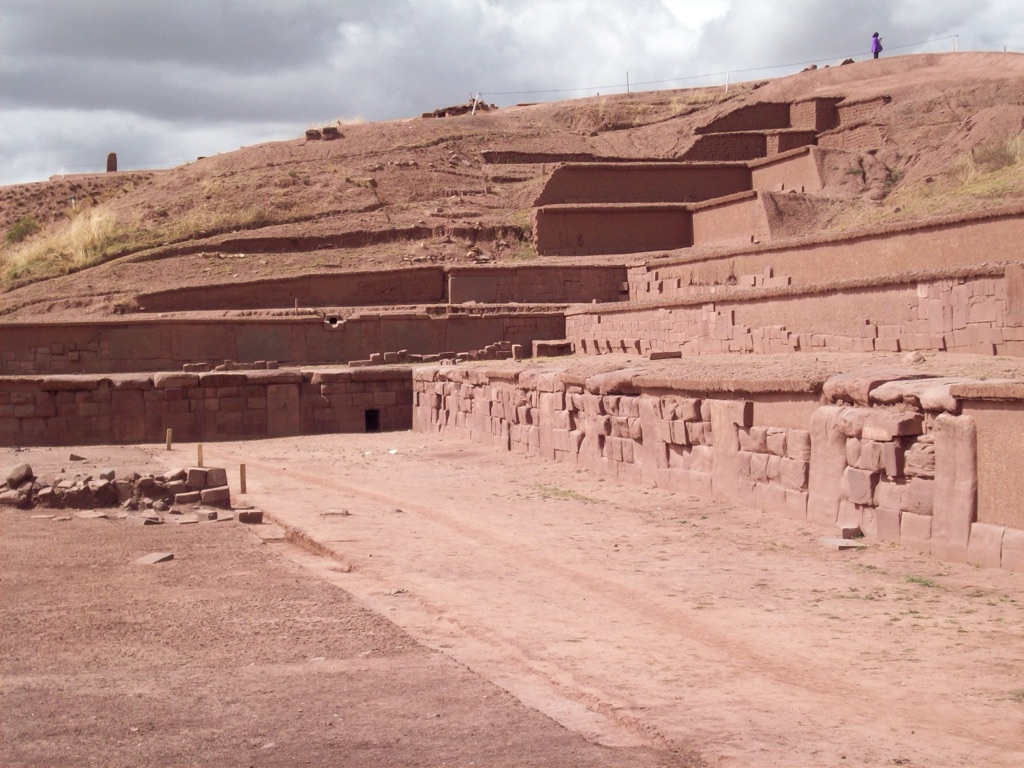Akapana Pyramid: A Monumental Legacy of the Tiwanaku Civilization
The Akapana Pyramid, located in the ancient city of Tiwanaku in Bolivia, is a remarkable testament to the architectural prowess and cultural richness of the pre-Incan Tiwanaku civilization. This seven-tiered platform pyramid, dating back to 500-900 AD, stands as one of the most significant archaeological sites in South America. Despite being partially destroyed due to looting and erosion, the pyramid’s remaining structure and the artifacts found within its complex offer invaluable insights into the civilization that once thrived in this region.
Get your dose of History via Email
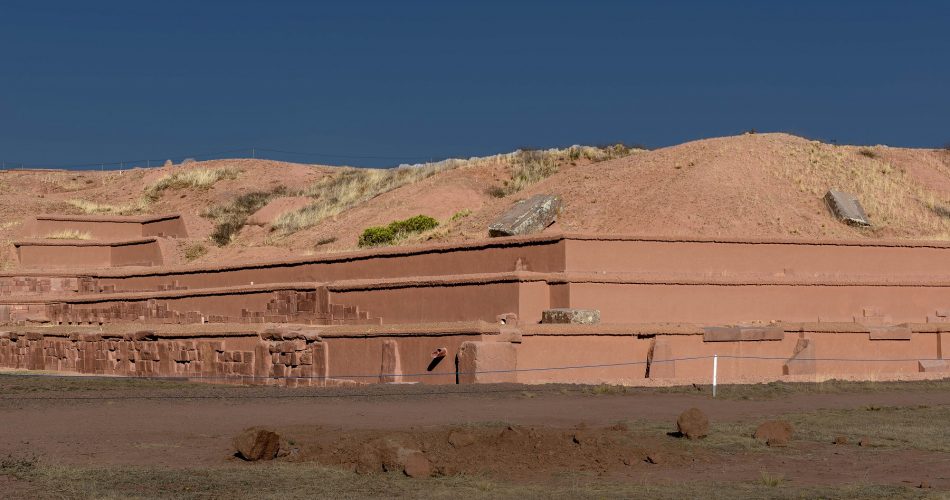
What is the historical significance of the Akapana Pyramid and what civilizations have inhabited it?
The Akapana Pyramid holds immense historical significance as it serves as a physical embodiment of the Tiwanaku civilization’s architectural prowess and cultural beliefs. The pyramid was likely used for ceremonial purposes, with its intricate carvings and alignment with astronomical bodies reflecting the civilization’s complex cosmology. The pyramid could have also had other functions, such as a platform for astronomical observations or a sacred center for the community.
Archaeological evidence suggests that the pyramid was inhabited by the Tiwanaku civilization, a society that thrived in the Andean region from 500 to 900 AD. This civilization was known for its advanced knowledge in agriculture, architecture, and astronomy, and the Akapana Pyramid stands as a testament to these capabilities.
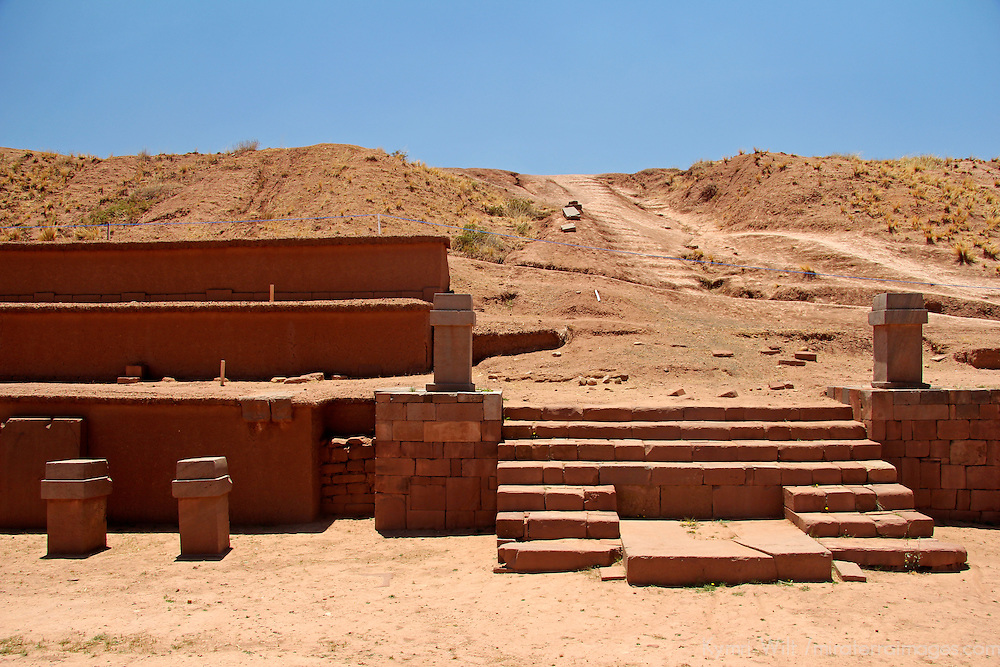
Following the decline of the Tiwanaku civilization, the pyramid was abandoned until the Inca civilization discovered it. The Incas, recognizing the spiritual significance of the site, incorporated it into their own religious practices.
Today, the Akapana Pyramid is a significant archaeological site, attracting researchers and tourists from around the world. Its historical significance extends beyond the local region, offering insights into the broader Andean pre-Columbian history.
Despite centuries of erosion and looting, the pyramid continues to reveal new information about the civilizations that inhabited it, underscoring its enduring historical significance.
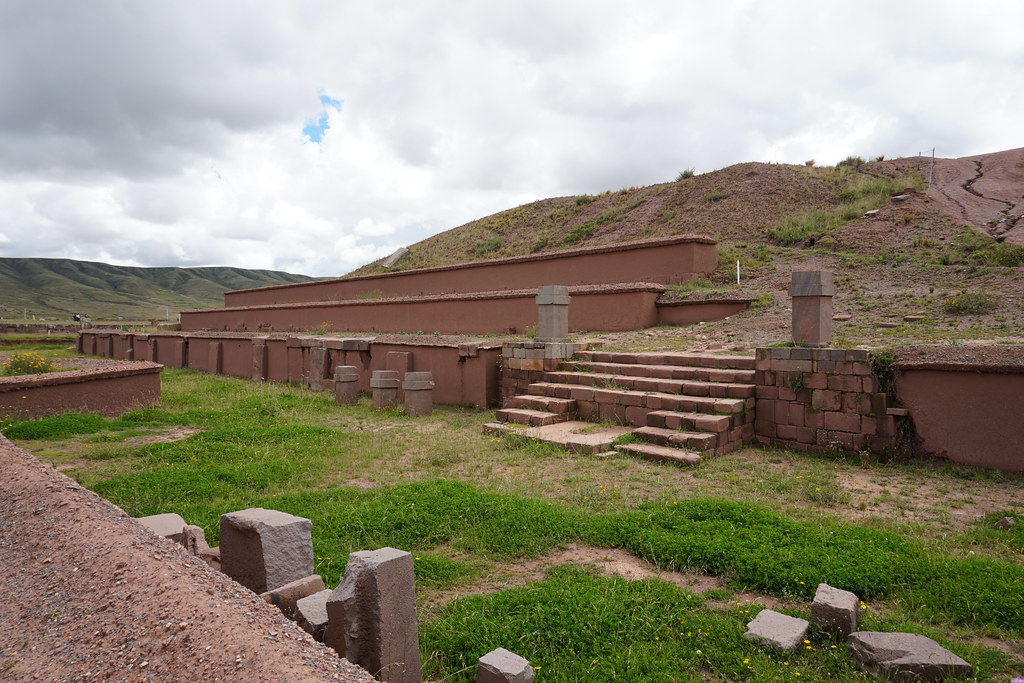
What are some of the key architectural features and discoveries made at the Akapana Pyramid?
The Akapana Pyramid is renowned for its unique architectural features. It is a seven-tiered platform pyramid, with each tier featuring a series of intricate carvings and reliefs. The pyramid was constructed using large, precisely cut andesite stones, showcasing the Tiwanaku civilization’s advanced masonry skills.
One of the most notable features of the pyramid is its alignment with astronomical bodies. The pyramid’s stairways and platforms align with the solstice sunrises and sunsets, indicating the Tiwanaku civilization’s sophisticated understanding of astronomy.

Several significant discoveries have been made at the Akapana Pyramid. Archaeologists have unearthed a variety of artifacts, including pottery, tools, and ceremonial items, providing valuable insights into the daily life and religious practices of the Tiwanaku civilization.
Perhaps the most significant discovery at the pyramid is the underground labyrinth of tunnels and chambers. These chambers likely served ceremonial purposes and were intricately decorated with carvings and murals. Some archaeologists state that they may also have been used for storage or as living quarters.
Each new discovery at the Akapana Pyramid offers a deeper understanding of the Tiwanaku civilization’s architectural prowess, cultural practices, and cosmological beliefs.
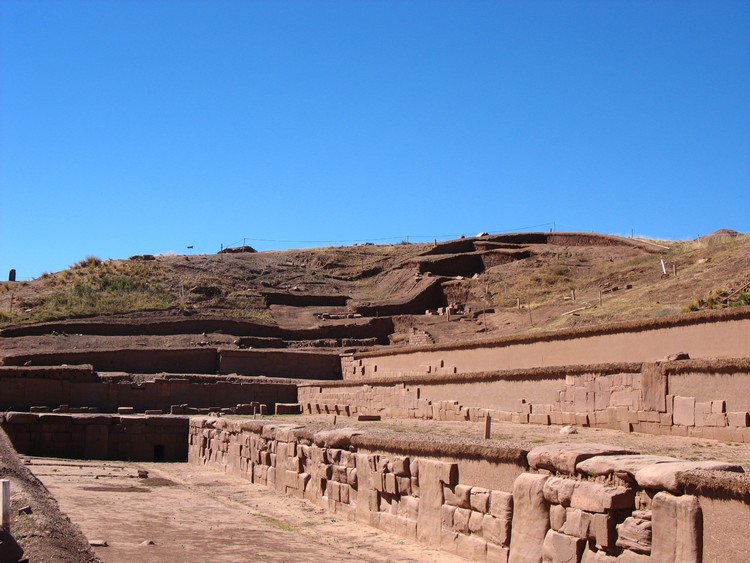
What role did the Akapana Pyramid play in the Tiwanaku civilization and how did it influence their culture and society?
The Akapana Pyramid played a central role in the Tiwanaku civilization. As a monumental structure, it likely served as a focal point for religious ceremonies and community gatherings, reinforcing social cohesion and shared cultural beliefs.
The pyramid’s intricate carvings and alignment with astronomical bodies reflect the Tiwanaku civilization’s complex cosmology. These features likely played a role in ceremonial practices, reinforcing societal norms and beliefs.
The construction of the pyramid would have required a significant labor force, suggesting a highly organized society capable of undertaking large-scale projects. This speaks to the social and political complexity of the Tiwanaku civilization.
The pyramid’s enduring presence would have served as a constant reminder of the civilization’s ancestors and their achievements, reinforcing a sense of cultural identity and continuity.
Overall, the Akapana Pyramid played a crucial role in shaping the Tiwanaku civilization’s culture and society, serving as a symbol of their architectural prowess, cosmological beliefs, and social complexity.
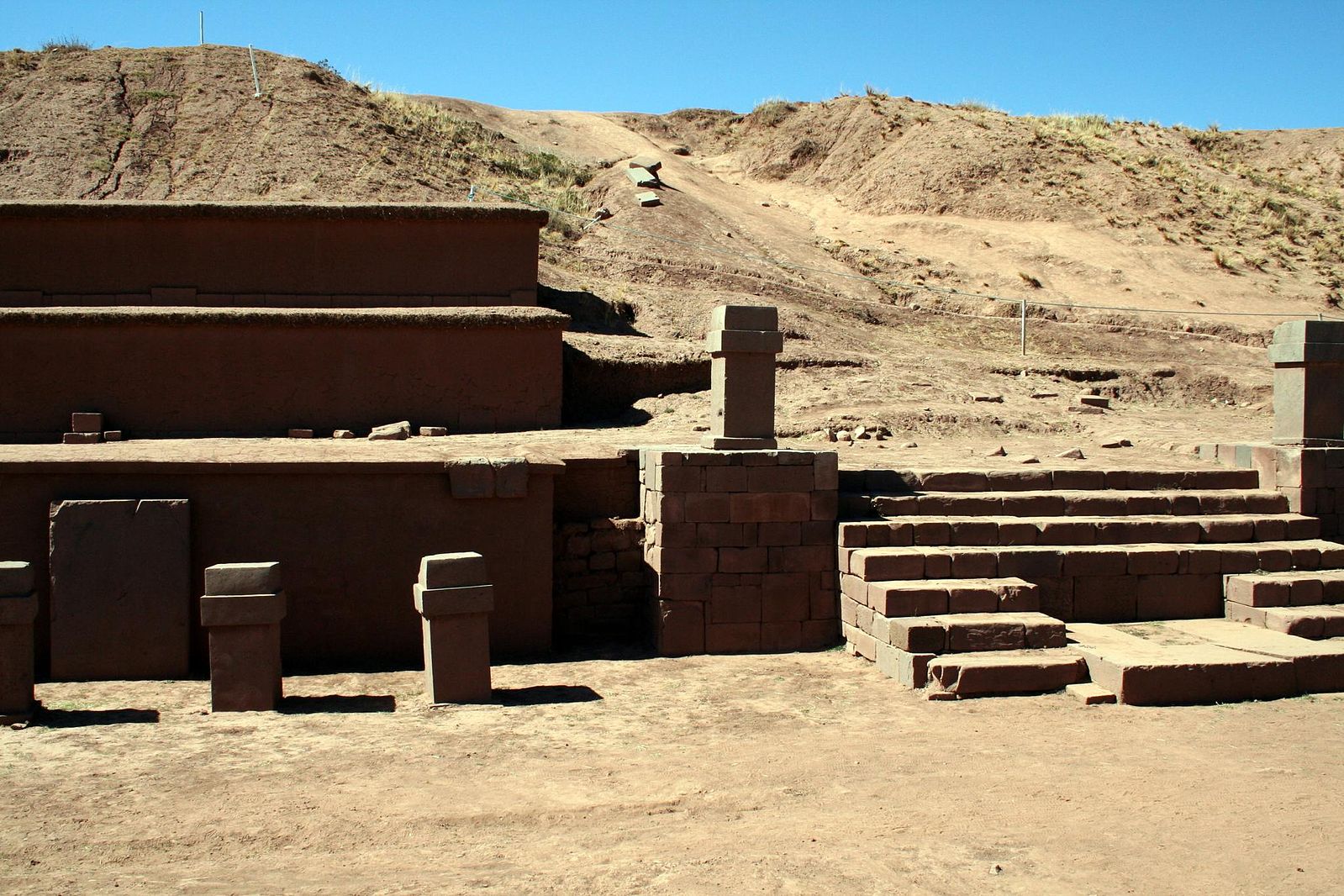
What is known about the construction techniques and materials used in the building of the Akapana Pyramid?
The Akapana Pyramid showcases the Tiwanaku civilization’s advanced construction techniques and use of materials. The pyramid was constructed using large andesite stones, which were precisely cut and fitted together without the use of mortar, a testament to the civilization’s advanced masonry skills.
The pyramid’s construction would have required a significant labor force and the ability to transport large stones from quarries located several kilometers away. This suggests a highly organized society with advanced knowledge in engineering and logistics.
The pyramid’s seven-tiered design and alignment with astronomical bodies indicate a sophisticated understanding of architectural design and astronomy. These features would have required careful planning and execution, further showcasing the civilization’s advanced construction techniques.
Despite centuries of erosion and looting, the pyramid’s remaining structure continues to impress with its precision and complexity. The construction techniques and materials used in the building of the Akapana Pyramid offer valuable insights into the Tiwanaku civilization’s technological capabilities and cultural practices.
Overall, the construction of the Akapana Pyramid stands as a remarkable testament to the Tiwanaku civilization’s architectural prowess and technological sophistication.
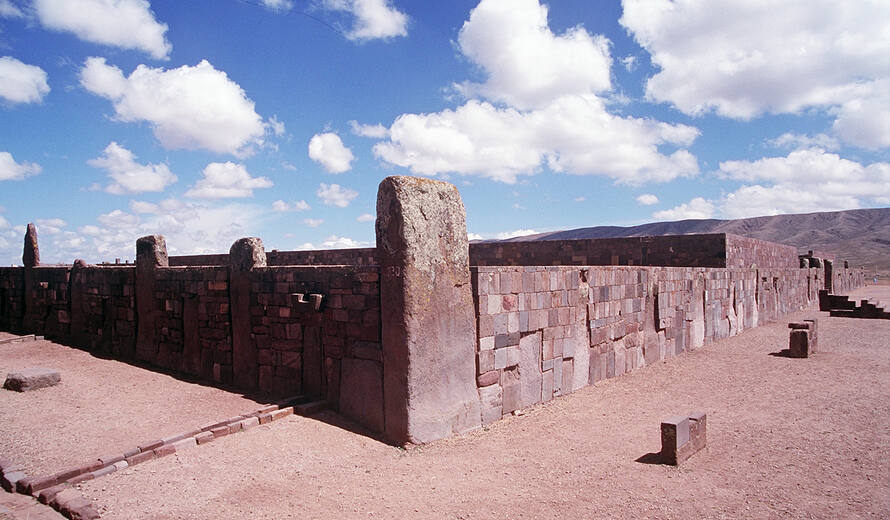
Conclusion and Sources
In conclusion, the Akapana Pyramid is a significant archaeological site that offers invaluable insights into the Tiwanaku civilization’s architectural prowess, cultural practices, and societal complexity. Despite centuries of erosion and looting, the pyramid continues to reveal new information about this remarkable civilization, underscoring its enduring historical significance.
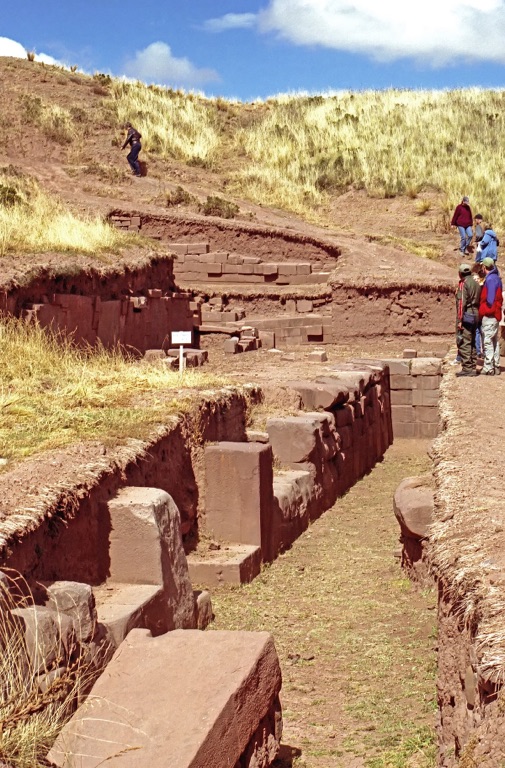
For further reading and research, the following sources are recommended:

